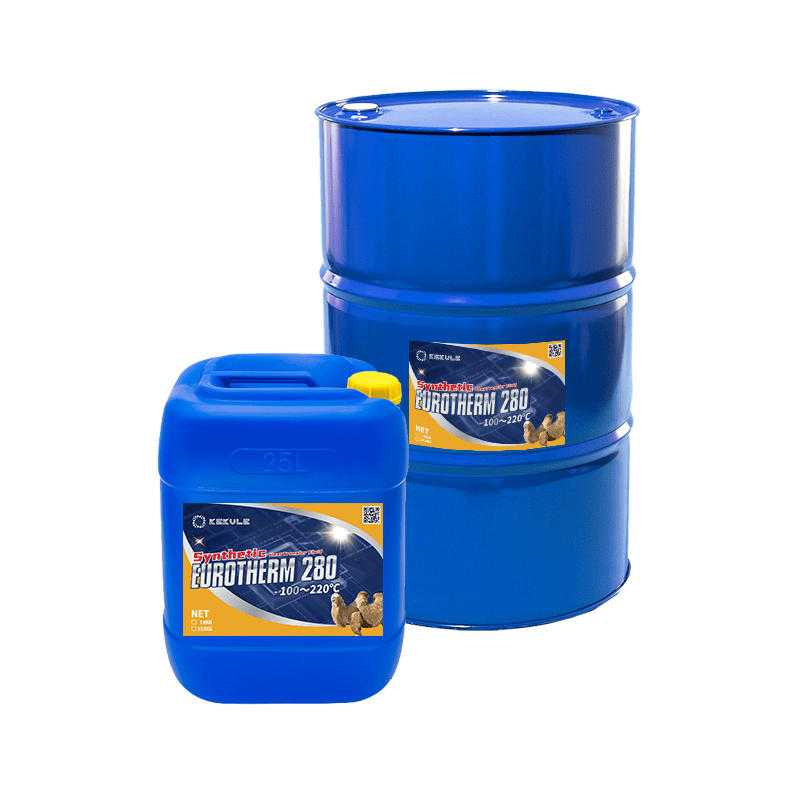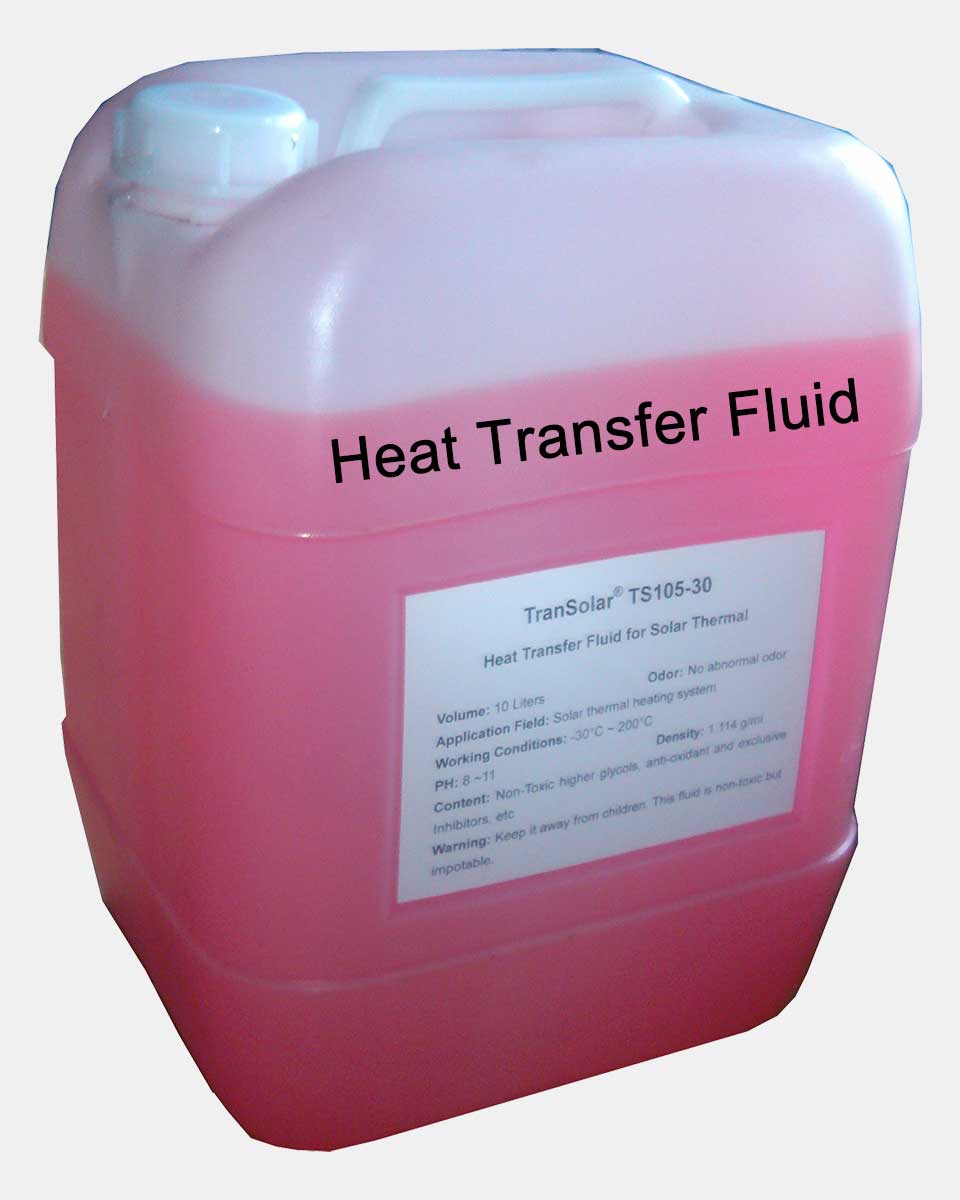Exactly How Warmth Transfer Liquid Contributes to Lasting and Affordable Procedures
In the modern commercial landscape, the function of heat transfer fluids (HTFs) in promoting sustainable and cost-effective procedures can not be overstated. These fluids are crucial in optimizing thermal monitoring systems, thus significantly improving power effectiveness and lowering operational prices. heat transfer fluid. The environmental advantages of advanced HTFs, with their high thermal security and low poisoning, are obvious.
Understanding Warm Transfer Fluids
In the realm of thermal administration, warm transfer liquids (HTFs) function as vital representatives for moving thermal power from one area to an additional. These fluids play a pivotal role in various industrial applications, consisting of chemical handling, power generation, and heating and cooling systems. HTFs are particularly engineered to operate within a variety of temperatures, efficiently assisting in the transfer of warmth while maintaining a secure thermal profile. Their capacity to work under severe conditions-- whether high temperature levels or cryogenic degrees-- makes them important in environments requiring specific thermal control.
The composition of warmth transfer liquids can differ dramatically, consisting of options such as mineral oils, artificial oils, glycols, and molten salts. Each type uses distinctive advantages, such as boosted thermal stability, low viscosity, and high boiling points, which are chosen based on details operational needs. In addition, the selection of HTF impacts not only the efficiency of warm transfer but additionally the durability and safety and security of the system in which it is used.
As sectors remain to introduce, the advancement of innovative HTFs, characterized by their improved thermal conductivity and decreased environmental impact, is crucial for satisfying the demands of contemporary thermal monitoring difficulties.

Enhancing Power Effectiveness

Improving energy efficiency has become a critical problem throughout various markets, prompting a more detailed exam of heat transfer fluids' role in enhancing thermal management systems. These fluids are indispensable to preserving the desired temperature in procedures, thus lessening energy waste and enhancing overall system effectiveness. By picking an appropriate warm transfer liquid, sectors can significantly boost their energy efficiency, leading to minimized power consumption.

Advanced solutions of warm transfer liquids have been developed to stand up to severe temperatures while preserving stability and effectiveness. Enhancing power effectiveness via ideal warmth transfer fluid option is not just a technical necessity yet likewise an environmental crucial.
Decreasing Operational Prices
Operational costs are a significant factor to consider for markets looking for to keep competitive benefit, and the option of heat transfer fluid plays an important duty in cost monitoring. Selecting see this here an ideal warm transfer fluid can result in significant price savings by boosting system efficiency and lowering power usage. High-performance liquids decrease thermal destruction, which in turn lowers the regularity of liquid substitute and downtime related to maintenance, thereby decreasing operational expenses.
Furthermore, heat transfer liquids with superior thermal security and deterioration resistance prolong the life expectancy of devices. This reduces the requirement for regular repair work and substitutes, which can be costly and turbulent to procedures. By spending in top quality fluids, markets can achieve long-term decreases in upkeep prices and improve the dependability of their systems.
In addition, progressed warm transfer liquids frequently exhibit reduced thickness at running temperature levels, which improves pump efficiency and lowers power use in liquid blood circulation. This optimization of power consumption straight translates into decreased operational expenses. Several contemporary heat transfer fluids are engineered to run effectively over a large temperature range, reducing the requirement for multiple liquid kinds, consequently simplifying stock needs and lowering connected costs. These elements jointly contribute to even more lasting and cost-efficient procedures.
Ecological Effect Decrease
The press in the direction of reducing ecological effect has actually obtained energy in industries leveraging heat transfer fluids. Heat transfer liquids (HTFs) play a vital function in this shift, providing opportunities to boost power effectiveness and minimize exhausts - heat transfer fluid.
Additionally, using advanced warm transfer liquids adds to enhanced system effectiveness, decreasing the total energy usage. This decrease not only causes cost financial savings however also decreases co2 emissions, aiding in the battle versus climate adjustment. Fluids that are biodegradable and recyclable even more boost sustainability initiatives, as they reduce waste and advertise round economy practices.
Additionally, integrating HTFs into closed-loop systems protects against fluid loss and contamination of the surrounding atmosphere. This method guarantees that liquids are recycled, reducing the need for new resources and restricting waste generation. By welcoming these environmentally mindful strategies, markets can substantially diminish their ecological impact while keeping high operational performance, lining up with worldwide sustainability goals and regulatory requirements.
Selecting the Right HTF
Choosing the proper heat transfer liquid (HTF) is an essential action in advancing environmental sustainability within commercial procedures. The option of HTF directly influences system performance, energy usage, and ecological effect. A suitable HTF should have a high thermal ability, reduced viscosity, and high thermal conductivity to ensure reliable warm transfer. Furthermore, its security over a broad temperature array is vital to avoid destruction, which can cause increased emissions and waste.
When selecting an HTF, it is vital to consider its compatibility with system products to avoid corrosion and chemical reactions. This ensures durability and reduces maintenance prices. The fluid ought to be safe and naturally degradable, reducing its ecological footprint and making sure conformity with ecological regulations. The visit here lifecycle cost of the HTF, incorporating purchase, operation, and disposal, should also be evaluated to guarantee economic feasibility.
Conclusion
